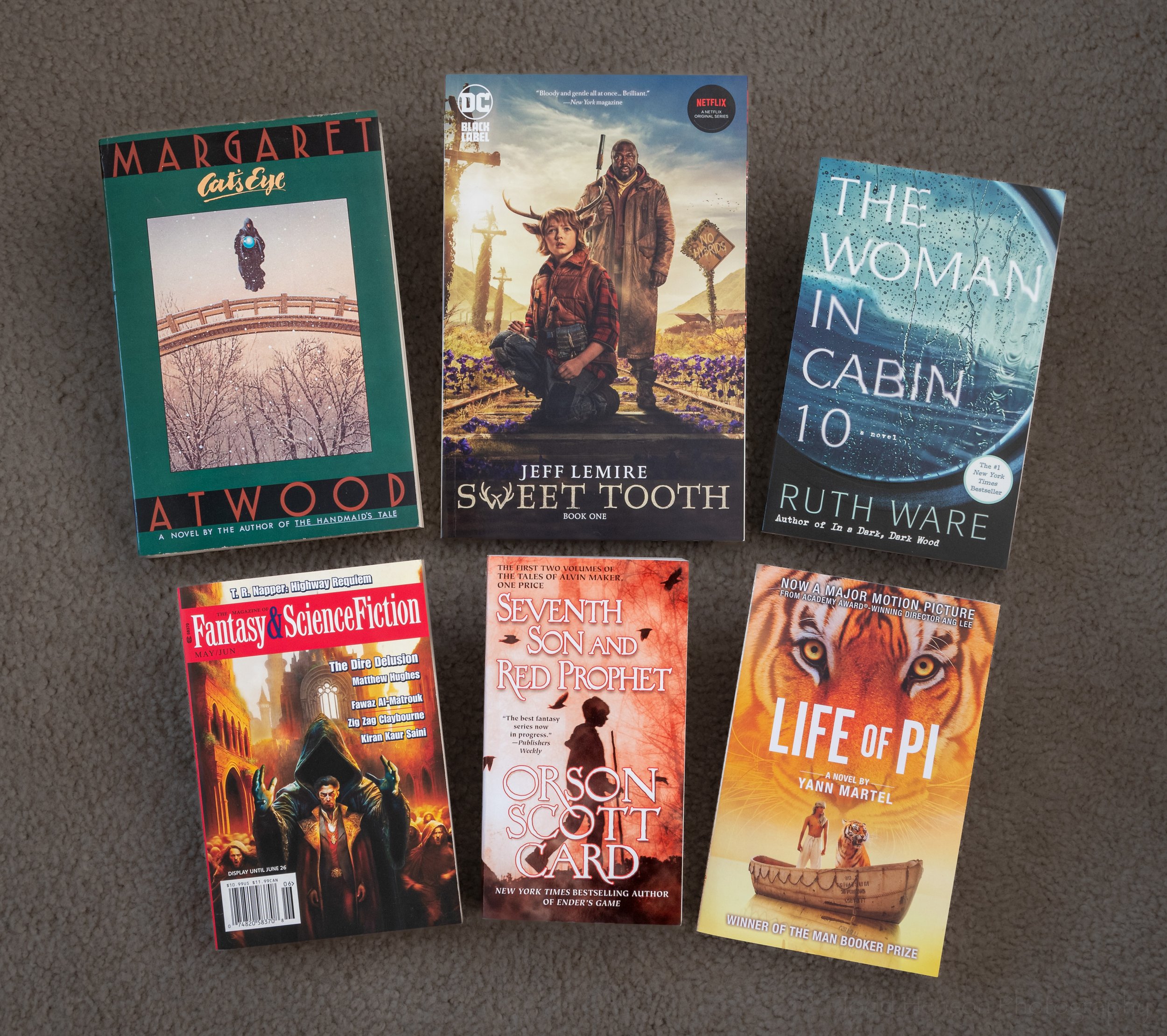Backroads Buildings: In Search of the Vernacular by Steve Gross & Susan Daley
Have you ever driven some back road and noticed that interesting old building, perhaps in disrepair, perhaps still in use, but with plenty of character? I often do, and yet for whatever reason I rarely stop to photograph these buildings. Reading this book, Backroads Buildings: In Search of the Vernacular by Steve Gross and Susan Daley, I wish I had stopped more often and created a collection of my own photographs of these marvelous buildings that leave one wondering about their long history.
Thankfully, these two photographers have often stopped to photograph the buildings they’ve found. In this book they’ve focused on architecture from around the time of the Civil War to the Great Depression, roughly 1870 to 1930, and stretching along the eastern United States from Vermont down to Louisiana. I often smiled when I saw buildings from not that far down the road in Virginia.
“With their humble beauty and distinctive character, these once-useful structures infuse the American landscape with a strong sense of place. This collection of buildings preserves a sampling of our country’s architecture heritage and encourages travelers to slow down and notice the details.”
As with any collection of photography like this, some photos will resonate with me more than others. Many of the photos felt strictly documentary, and to some extent I think they all were intended to be documentary. The photographers have documented pieces of the past before they fall into complete disrepair or are torn down. But some photos also had an artistic air about them which I appreciated.
The book appears designed to last as long as some of the buildings have, being printed on a very thick smooth white paper well suited to showcasing the collection of color and black & white photographs. Schiffer Publishing has done a fantastic job with both the quality of the book materials and the overall layout. There is very little text throughout, though the book does begin with a foreword by Brian Wallis, followed by a short preface. All the rest of the 144 page book is photography, with each photo having a very short description along with the location of the building.
This is a book that may appeal not just to photographers, but to anyone who appreciates these old everyday buildings along backroads just along the fringes of society. If you’ve ever taken a moment to notice one of these buildings then you may appreciate some of these photos.
I found a copy of Backroads Buildings in my local library. Check your own library and maybe you’ll also find a copy. If you’d rather own a copy then check out the link below to see if it’s in stock.
As an Amazon Associate I earn from qualifying purchases.
Do you enjoy these posts?
Sign up to receive periodic emails with updates and thoughts. Don’t worry, I won’t spam you. And please consider purchasing artwork or products from my online store, and using my affiliate links in the sidebar to the right when shopping online.
I appreciate your support!



























